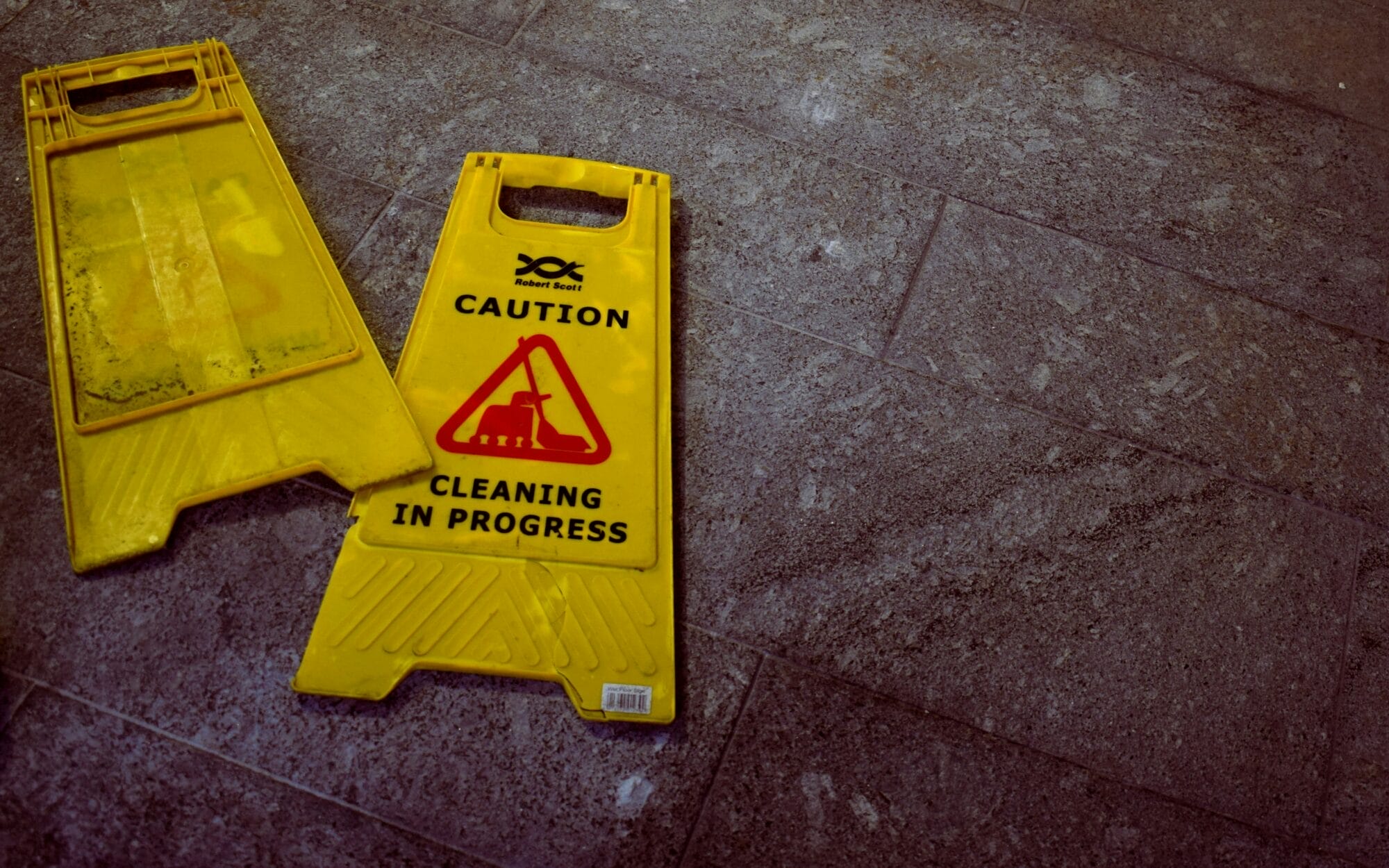Some workers’ compensation cases ultimately lead to a negotiated settlement between the worker and the employer’s insurance company. However, a settlement agreement is not final until it is approved by the Virginia Worker’s Compensation Commission, which follows a detailed review process for a workers’ compensation settlement. Getting help from an experienced workers’ compensation lawyer is the best way to ensure that a settlement fully compensates you and that it receives Commission approval.
Workers’ Compensation Settlements
When a claim settles, the worker usually receives a lump sum payment and the insurance company receives release from further liability. While some workers’ comp cases end with a settlement, not all do. A settlement is more likely if you have a permanent disability that prevents you from returning to the job you were performing at the time of your accident.
Negotiating a workers’ compensation settlement is a challenging process. You must make certain that you receive full compensation for your injury. Insurance company adjusters are professionals who know how to manipulate injured workers into accepting low ball settlements that do not adequately protect the worker’s interests. For that reason, you should always have legal representation during settlement negotiations for a work injury.
If you do reach an agreement, the settlement must be submitted to the Virginia Workers’ Compensation Commission for approval. There are numerous reasons that the Commission rejects settlements, including that the agreement is not in the best interest of the injured worker. Issues relating to documentation are also a reason. When a knowledgeable workers’ compensation lawyer represents you in settlement negotiations, your attorney also makes certain that the Commission receives the necessary documentation.
Commission Review of a Workers’ Compensation Settlement
The Commission has a specific process for reviewing claim settlements. To begin the process, the worker submits extensive documentation to the Deputy Commissioner. The necessary documents include:
- A Petition and Order in the form required by the Commission
- An affidavit of the injured worker
- Worker’s medical records
- Signed agreement relating to attorney’s fees
- Documents relating to a Medicare set-aside, if one is required as part of the settlement
- Other documents relating to your employment, if necessary under the terms of the settlement
- Any other documentation necessary to implement the settlement, if approved
Compiling these documents for the Commission is a significant task. Any inconsistencies or omissions may lead to rejection of the settlement. The Commission closely reviews and analyzes the entire submission. A primary purpose of the review is to ensure whether the settlement is in the worker’s best interest. For all those reasons, submitting the required documents for settlement approval is a responsibility best entrusted to an experienced workers’ comp lawyer.
The Deputy Commissioner has authority to approve the settlement agreement following review of the documentation. At Renfro & Renfro, we have secured approval by the Deputy Commissioner for every settlement submitted on behalf of a client. That means the Commission has found all our settlements to be in the client’s best interest.
Instead of approving the settlement, the Deputy Commissioner may refer an approval request to Commission staff for further review. Staff reviewing the request include a settlement technician, who reviews the documents for proper execution and content. If the documents are complete, the technician forwards them to a settlement analyst, who reviews the request for compliance with Commission policies. The analyst also determines whether the settlement is in the worker’s best interest, by reviewing medical records and other financial records relating to your injury and circumstances.
After completion of staff review, the request returns to the Deputy Commissioner for final review and a determination of whether the settlement will be approved or rejected. Following that decision, all parties are notified of the outcome.
Navigating the Settlement Review Process
Preparing the complex documentation and navigating through the review process for approval of a workers’ compensation agreement require specialized knowledge and skill. Without assistance from an experienced workers’ comp lawyer, an injured worker may find it difficult to successfully complete the process.
Even if a settlement receives Commission approval, there are issues that must be addressed to finalize and implement a settlement agreement. Your lawyer also helps you through that entire process, and explains everything you need to know along the way.
Before you even get to settlement review, it’s crucial to make certain you get a fair settlement that gives you the compensation you deserve. There are many complex factors that affect settlement negotiations and the amount of your compensation. You should trust in a workers’ compensation lawyer to ensure that the necessary considerations are fully addressed. At Renfro & Renfro, we do not charge for your initial consultation and case evaluation, so there’s no reason to hesitate contacting us if you suffered a work injury and are considering a settlement.
Schedule a Free Consultation with our Virginia Workers’ Compensation Attorneys
If you received an injury at work and do not already have legal representation, our experienced Virginia workers’ compensation attorneys at Renfro & Renfro are here to help. We assist injured workers with every step of the claim process, including settlement negotiation and Commission review of settlement agreements. We welcome you to contact us for a free consultation.






